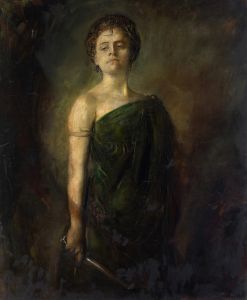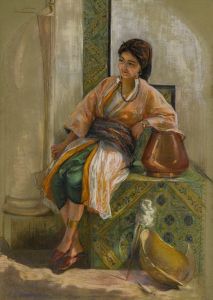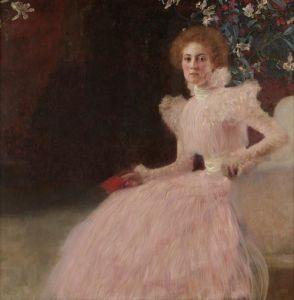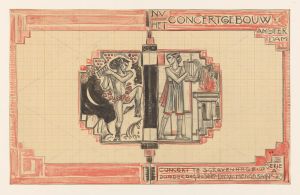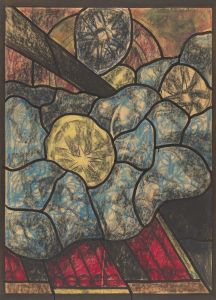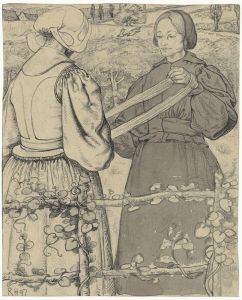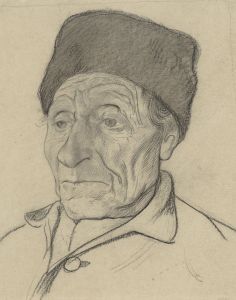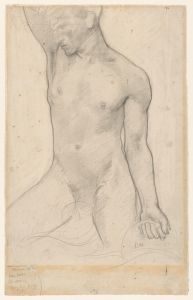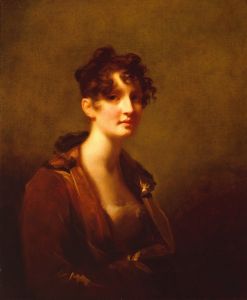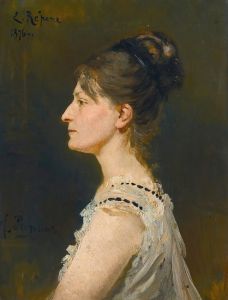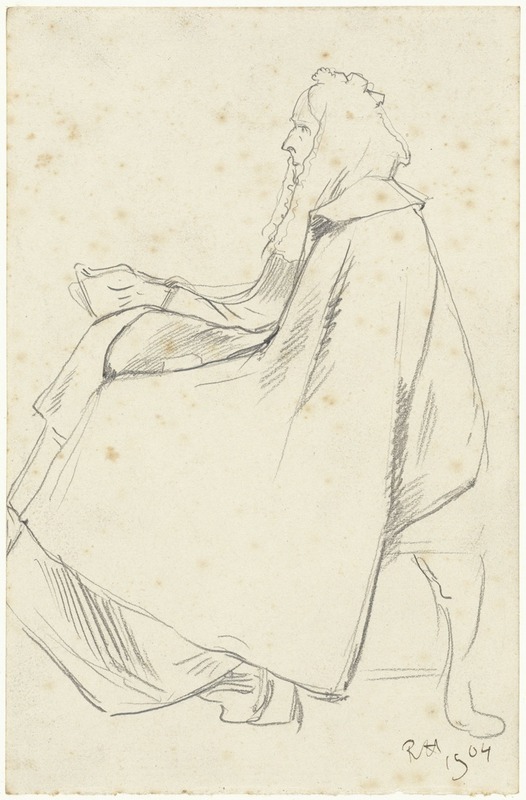
Zittende vrouw met hoofddoek
A hand-painted replica of Richard Nicolaüs Roland Holst’s masterpiece Zittende vrouw met hoofddoek, meticulously crafted by professional artists to capture the true essence of the original. Each piece is created with museum-quality canvas and rare mineral pigments, carefully painted by experienced artists with delicate brushstrokes and rich, layered colors to perfectly recreate the texture of the original artwork. Unlike machine-printed reproductions, this hand-painted version brings the painting to life, infused with the artist’s emotions and skill in every stroke. Whether for personal collection or home decoration, it instantly elevates the artistic atmosphere of any space.
Richard Nicolaüs Roland Holst (1868–1938) was a Dutch painter, graphic artist, and writer associated with the Symbolist movement. Among his works is the painting Zittende vrouw met hoofddoek (translated as Seated Woman with Headscarf). This artwork reflects Roland Holst's characteristic style, which often combined elements of realism with a symbolic and introspective approach.
The painting depicts a seated woman wearing a headscarf, rendered in a subdued and contemplative manner. The subject's posture and attire suggest a focus on simplicity and introspection, themes that were common in Roland Holst's oeuvre. The use of muted tones and soft brushwork in the painting aligns with the artist's preference for creating a serene and introspective atmosphere in his works. Roland Holst was known for his ability to convey emotional depth and a sense of quiet dignity in his portraits, and Zittende vrouw met hoofddoek is no exception.
Roland Holst was deeply influenced by the social and artistic movements of his time, including the Arts and Crafts movement and the ideals of socialism. His art often reflected a concern for the human condition and a desire to portray the dignity of ordinary people. While specific details about the identity of the woman in this painting are not documented, it is consistent with his broader body of work, which frequently featured working-class individuals or figures from everyday life.
The painting is an example of Roland Holst's commitment to creating art that was both accessible and meaningful. As a prominent figure in Dutch art during the late 19th and early 20th centuries, he sought to bridge the gap between fine art and the lives of ordinary people. His works often carried a sense of moral and spiritual reflection, which resonated with the broader Symbolist movement's emphasis on exploring deeper truths and emotions.
Zittende vrouw met hoofddoek is part of Roland Holst's legacy as an artist who sought to combine technical skill with a profound sense of humanity. While the exact date of the painting's creation is not specified, it is representative of the period in which Roland Holst was active and engaged with the artistic and social currents of his time.
Further details about the painting, including its current location or provenance, are not widely documented. However, it remains an important example of Roland Holst's artistic vision and his ability to capture the quiet strength and dignity of his subjects.





